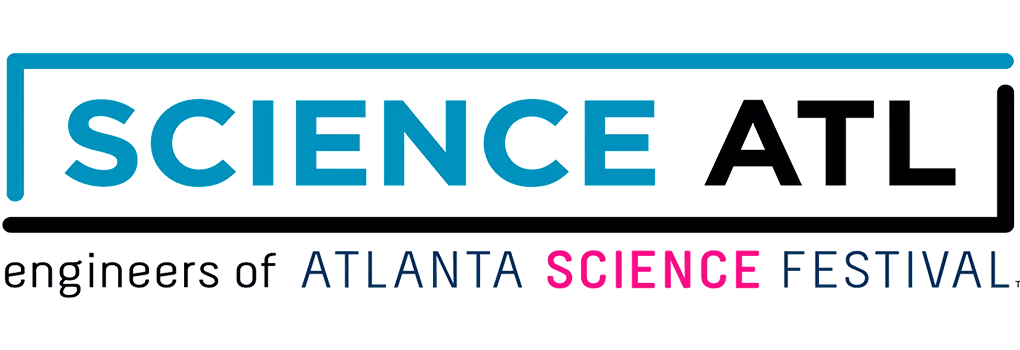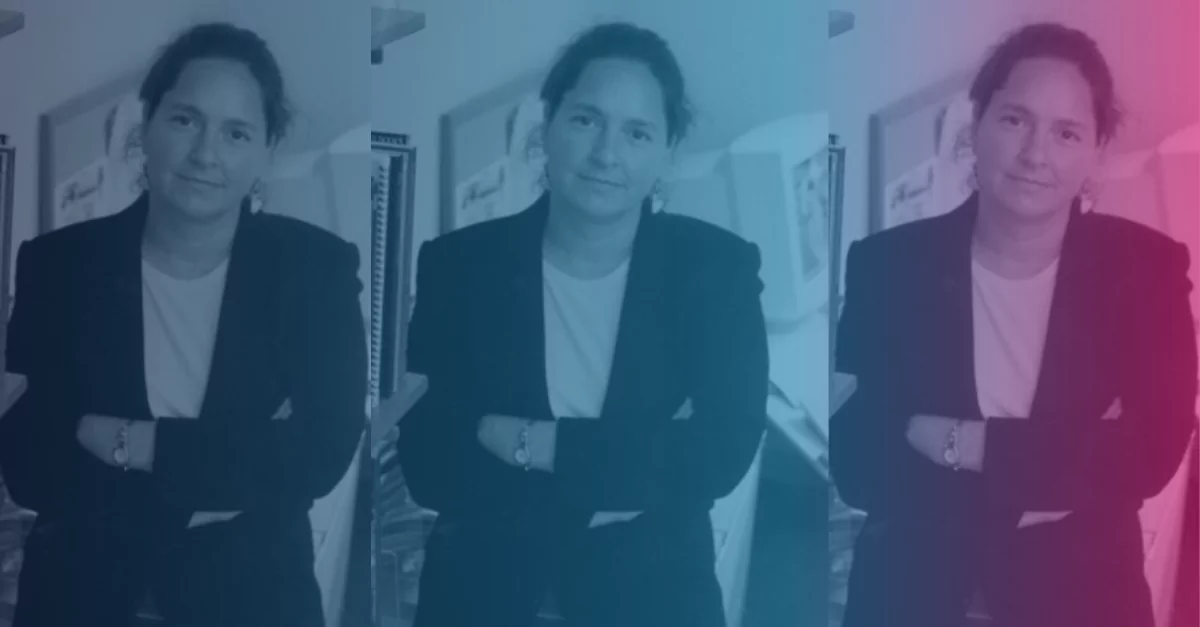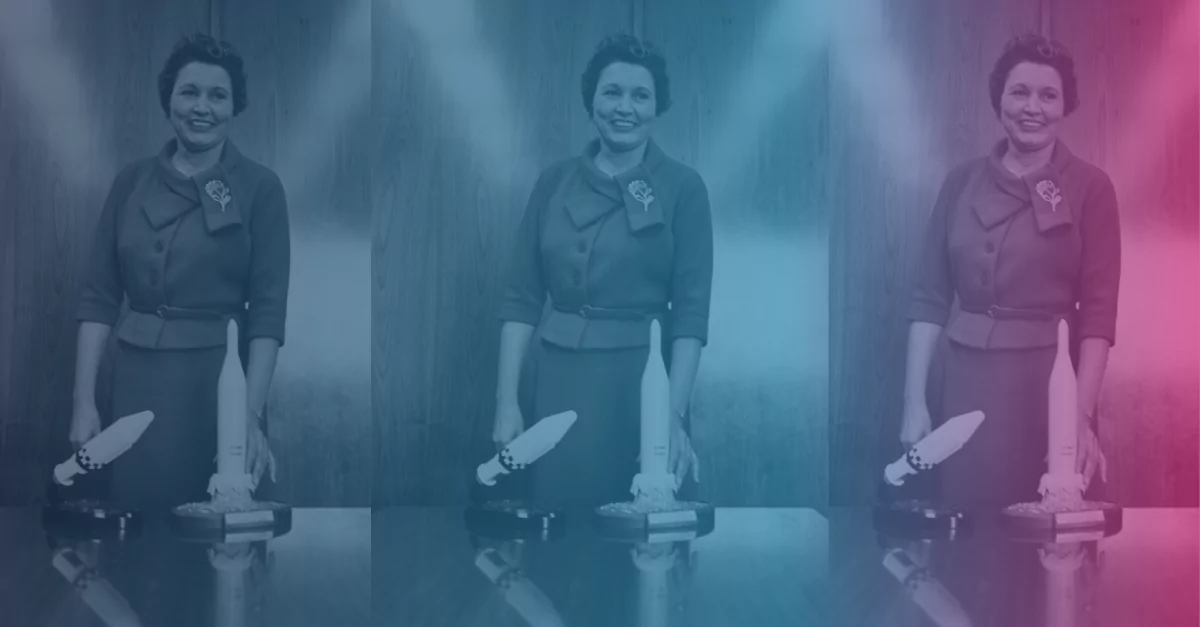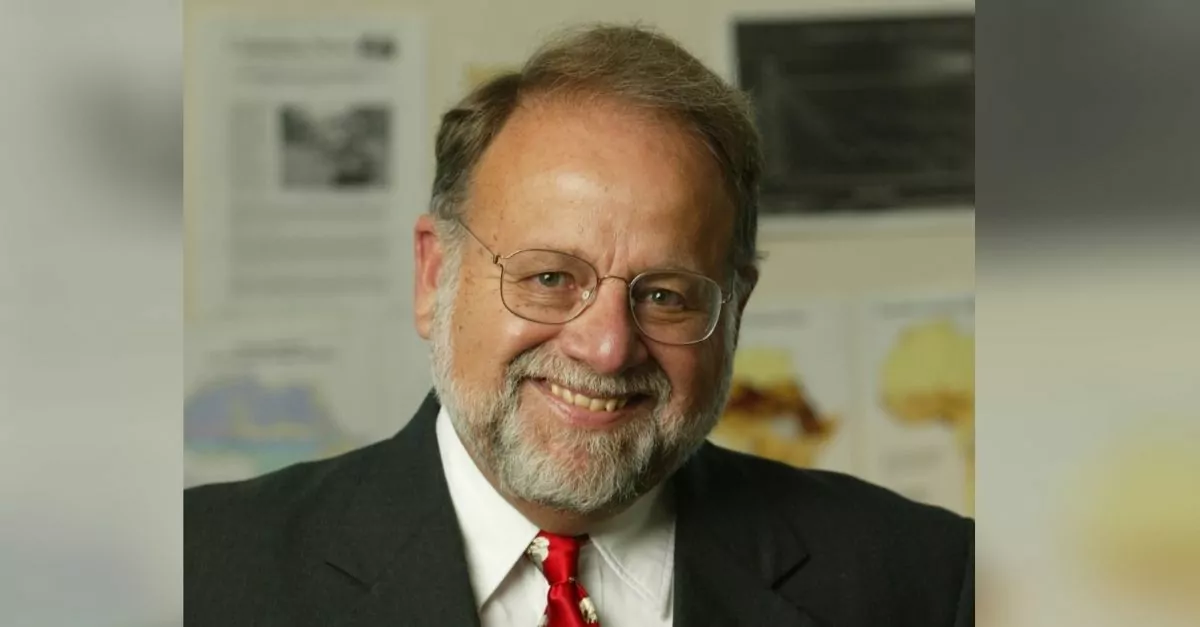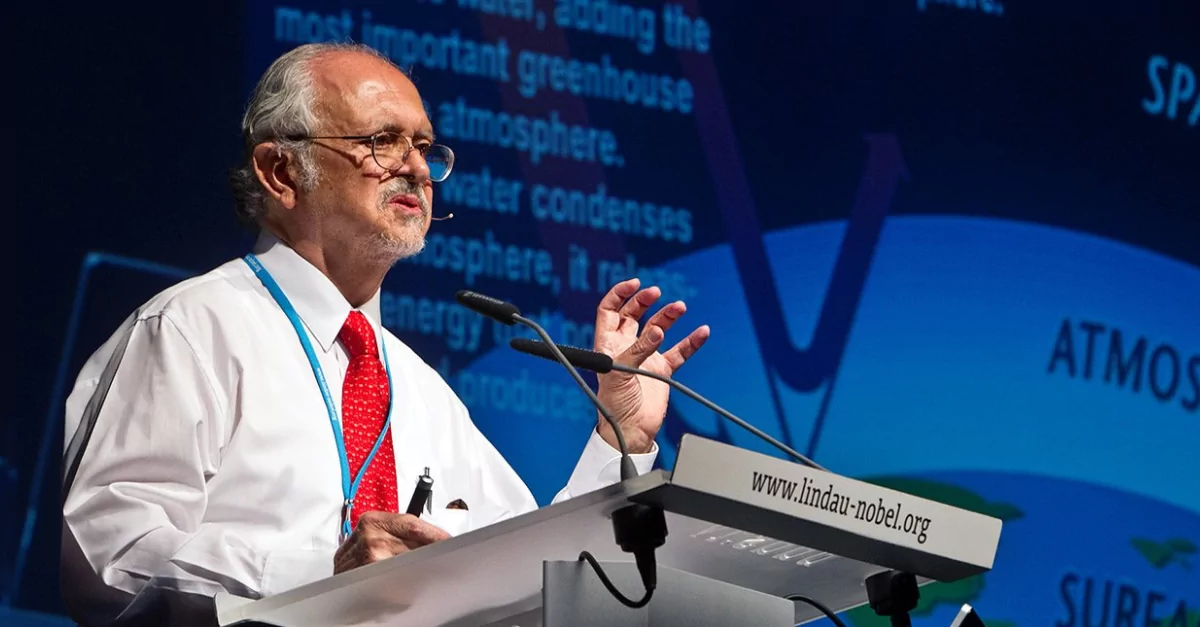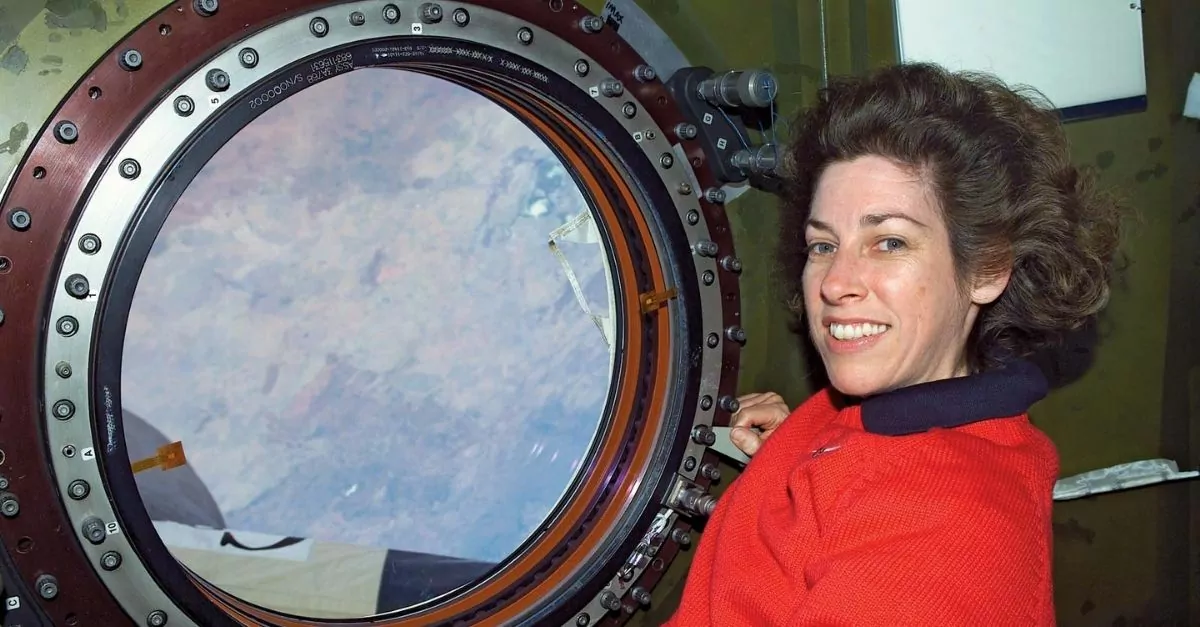Meet Gladys West, the Hidden Figure of GPS
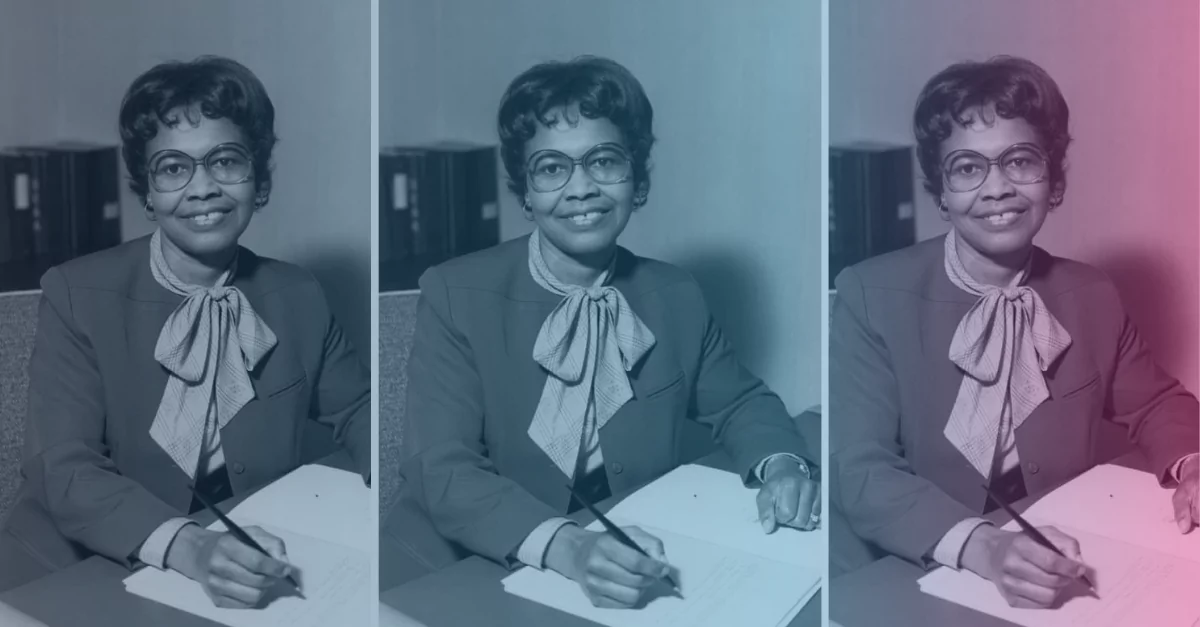
Born in rural Virginia in 1930, Gladys West was critical to the development of what we now know as GPS or Global Positioning Systems. She grew up in a community of sharecroppers and realized she would need to focus on education if she did not want a future on farms or factories.
From Valedictorian to Virginia State
Gladys graduated as valedictorian and received a scholarship to Virginia State College (now University), a historically black public university, where she decided to major in mathematics. She first worked as a teacher, as so many women at the time did, before she decided to return to Virginia State to get a Master’s in Mathematics.
Satellites and Supercomputers
In 1956 she began work at the Naval Surface Warfare Center in Dahlgren, Virginia, which conducts the Research, Development, Test and Evaluation (RDT&E) for ship and submarine systems. Her work focused on determining the exact location of satellites orbiting the earth. She programmed that information into the new supercomputers – high performance systems required for high speed computations, which, in the 1960s, could take up entire rooms! When she started at the Warfare Center, she was one of only two Black women and two Black men who worked there. (One of those men, Ira West, later became her husband.)
“Always doing things just right, to set an example for other people who were coming behind me, especially women. I strived hard to be tough and hang in there the best I could.”
Download this free Gladys West post from A Mighty Girl
When asked about how it felt to be one of so few African-Americans there, Mrs. West remembers: “I carried that load round, thinking that I had to be the best that I could be,” she says. “Always doing things just right, to set an example for other people who were coming behind me, especially women. I strived hard to be tough and hang in there the best I could.”
Laying the Foundation for Modern GPS
She learned a lot from trial and error. Her team would code the position of the Earth, accounting for variations in the planet’s shape caused by tides, gravity, and other forces. Mrs. West recalls the operators calling in her team to watch how the systems were running: “Nine times out of 10 they weren’t completely right so you had to analyse them and find out what was different to what you expected.” These models laid the foundation for GPS, now used for vehicle navigation, military missions, geo-tagging, and much more.
Though she overcame many obstacles, as many Black women in STEM fields have, she never thought her work would affect the world in such significant ways, particularly as a role model for other women in these fields.
“I think I did help,” she says, of her becoming a role model for other women. “We have made a lot of progress since when I came in, because now at least you can talk about things and be open a little more. Before you sort of whispered and looked at each other or something, but now the world is opening up a little bit and making it easier for women. But they still gotta fight.”
